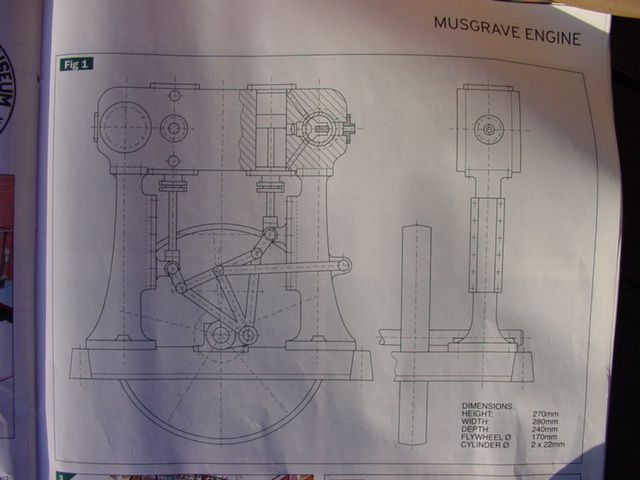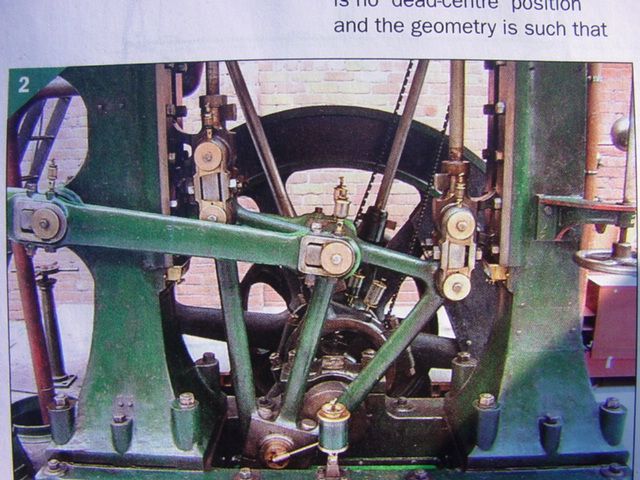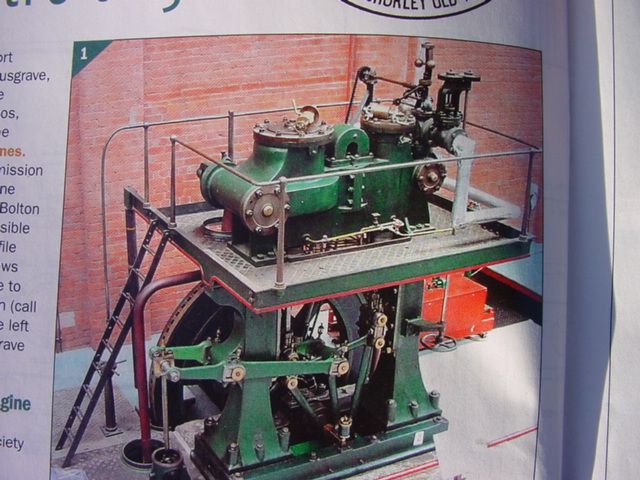No, I haven’t seen a Manson engine but I have heard of it. I’d be interested to hear how you get on with it and see some pics. By the by I don’t claim to be an expert just a student of stirling engines and a tyro at model engineering. I too am searching for that ellusive missing power and efficiency that these engines promise without the huge expense and time Phillips has invested – probably pie in the sky but you never know unless you try.
Pressurisation, it is claimed to be the single best thing we can do to increase the power, but, as Ian has pointed out in a previous post, there is a limit to how much pressure a given engine can stand and that depends on the fluid used and how efficient the cooler and heaters are. So you are right to say that the greater the diffference in temperature excursion the more efficient and powerful the engine but it all depends on so many other factors; pressurisation is just one of them. However, having said that, Andy Ross has made a 35cc engine that produced 44 watts at 2,750 RPM at atmospheric pressure. That shows there is a lot to be learned before we get to adding any extra pressure – given that most model engines are measured in fractions of watts.
How are you holding up with all the snow. I hesitate to say the tempertatures here in Christchurch are usually in the mid twenties. I see the snow is causing problems right across europe at the moment.
SillyOldDuffer.








